Part 2: The Relationship Between Needle, Thread, and Fabric
Why does my straight stitch look like a lightening bolt?
A few days ago I published an article on how the relationship between the needle, fabric, and thread affects stitch quality.
A handful of readers reached out to me and pointed out that the photo I used had a second stitch quality issue I did not address, one they’ve experience before and wondered if I had a solution.
If you look at the picture below, you will see a straight-stitch seam sewn with off-white thread on purple fabric. As some of you correctly pointed out, a few of the straight-stitches looks like a subtle “lighting bolt” stitch, and this isn’t necessarily caused by the 90/12 needle being too large for the fine fabric and thread.
So what’s going on here? The key thing we are dealing with is the weave of the fabric.
Most fabric we sew on is woven together. Technically, a woven fabric is any fabric made by interlacing two or more threads at right angles to one another. Woven fabrics can be made of natural fibers, synthetic fibers, or a mixture of both, like cotton an polyester.
When the needle penetrates the fabric, it usually does not pierce the weave and break the woven fibers, but instead slides in-between the woven fibers. Depending on how the fabric is oriented, there is chance the needle finds the right side of weave on one stitch and the left side of the weave on the next stitch. If this happens, then upon closer inspection, your straight stitch may appear like a series of small lightening bolts.
I really want to stress that the visual of the lightening bolts does not affect the integrity of the stitch. As long as the knot is sitting in between the fabric correctly and there is no thread looping, then functionally the stitch is perfectly fine. With that said, if you want to get rid of the lightening bolts appearance, there are two simple solutions that come to my mind (though I invite you all to share any workarounds of your own in the comment section).
The easiest way to solve this problem is to simply match the thread color with the fabric color. If you’re sewing black fabric, use black thread. If you’re sewing white fabric, use white thread. And so on. The lightening bolt issue will still occur, but it will not be visible to the eye because the colors match. This is why the lightening bolts are noticeable in the initial picture: the white thread stands out against the purple fabric and the slight imperfections are far more noticeable. Any time you sew dark thread on light fabric or vice versa, that is when the lightening bolts appear most prominent. Match the thread color with fabric color, or use a neutral colored beige thread, and you won’t be able to see the the needle picking different sides of the weave.
A second solution is to use Microtex Sharp needles from Schmetz. The point of these needles are designed to be sharper than other needles and capable of piercing the weave of a fabric in order to better achieve a super straight looking straight stitch. I will not guarantee that it pierces the weave every time, but it tends to do a better job than other needle types.
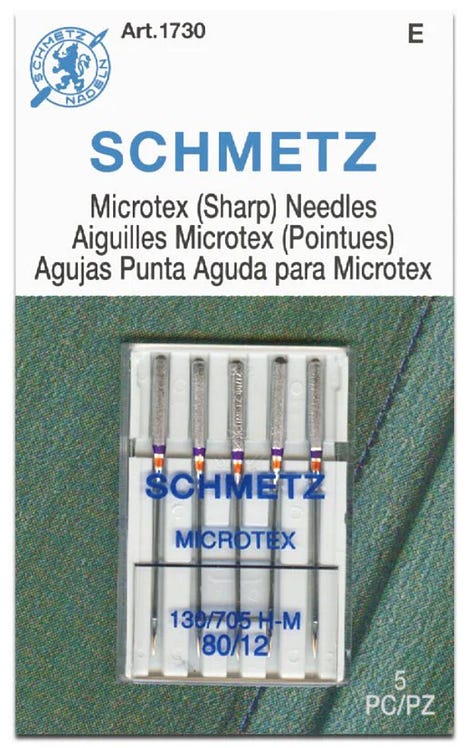


Thank you for reading. If you feel so inclined, please feel free to share this article with fellow sewists, leave a comment in the comment section, or explore the archive of 70+ articles published by The Sewing Machine Newsletter in the past year or so.
-Cale




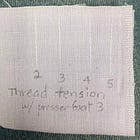

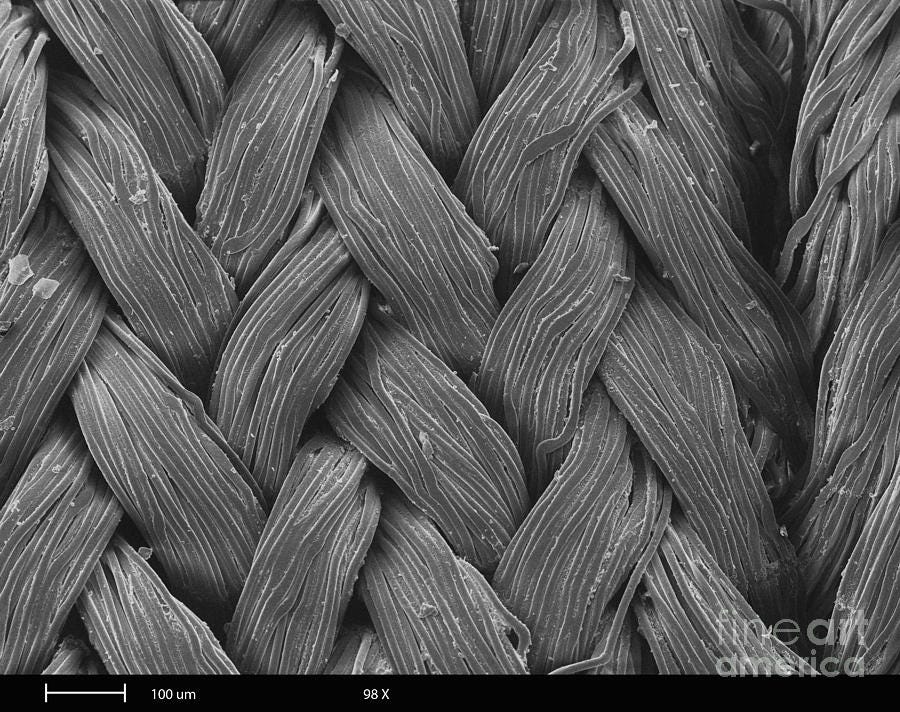

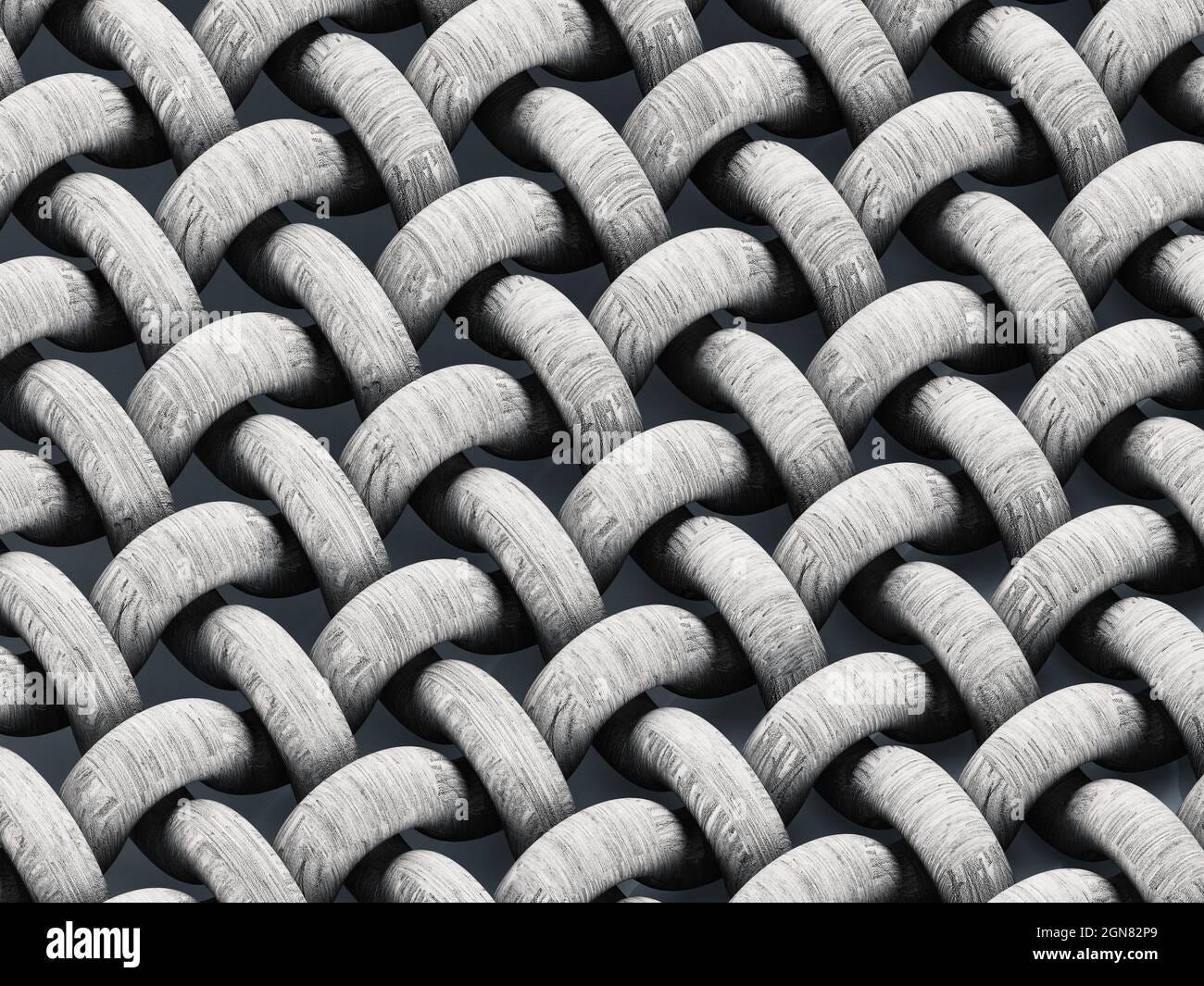
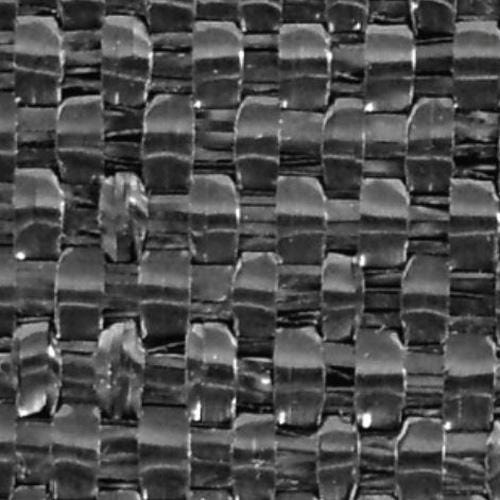

Makes perfect sense. Thanks for the info, Cale.
Some of the closeups look like knit fabric?